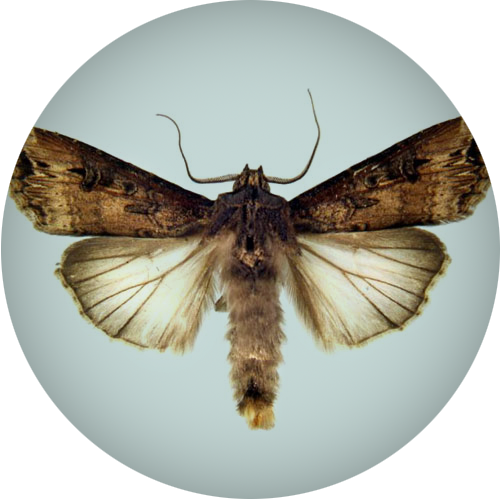


Poison an ocean and one decimates a salmon stream spray pesticides on farmland, and one could be destroying a whole crop of bear food. This could provide important information for bear managers, emphasizing the interconnectedness of all things. Robison is doing research on the moths in Yellowstone to see how far they come from farmlands to the high mountains.

“And then he wandered on and kind of took a nap for most of the day.” “He was digging up moths and they were flying up and landing on his forearms and he was licking them off his forearms,” says Robison. Usually, it’s grizzly bears that use the high mountain slopes for moths, but once in a while, an occasional black bear will make its way up into the high country above the protection of the forest below. “We’ve seen bears feeding within several hundred yards of each other and they seem to tolerate each other.” “It’s kind of like a salmon stream,” says Robison. Researcher Hillary Robison has spent several summers in the high mountains around Yellowstone National Park, observing bears digging for moths. That means that 20,000 calories of just moths per day can be consumed by a rock-turning grizzly bear. A single moth has a high enough fat content that it accounts for as much as a half a calorie. While fat in the diet is not the best thing for humans, it is important to bears. It is estimated that some 40,000 moths per day can end up in the stomach of a hungry bear. The bears will dig through the slide rock and eat the moths that they uncover.

Moth Deposit PhotosĪt these places of slide rock and sunshine, both grizzly and black bears gather each year, climbing high above timberline to feed on the moths. These moths come from farmland many miles away to these high, remote mountain slopes in Yellowstone. Researchers are just now starting to understand the intricate relationship between this supposed pest and bears, but their relationship is very important.Įach summer, moths of the army cutworm fly into tall mountain rocky slides, where they burrow away from the intense mountain sunlight into dark crevices. The most common moth in the West is called the miller, and it is the adult of the army cutworm.


 0 kommentar(er)
0 kommentar(er)
